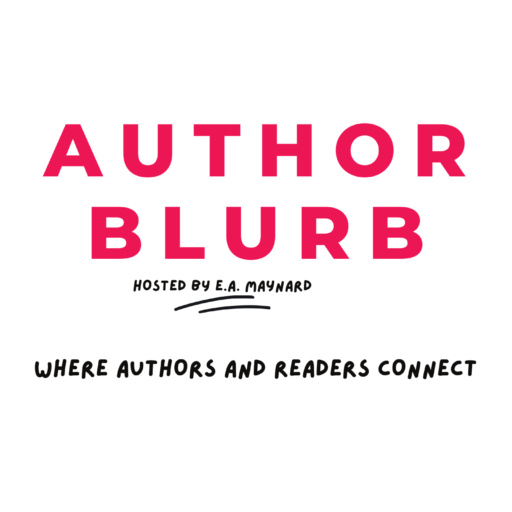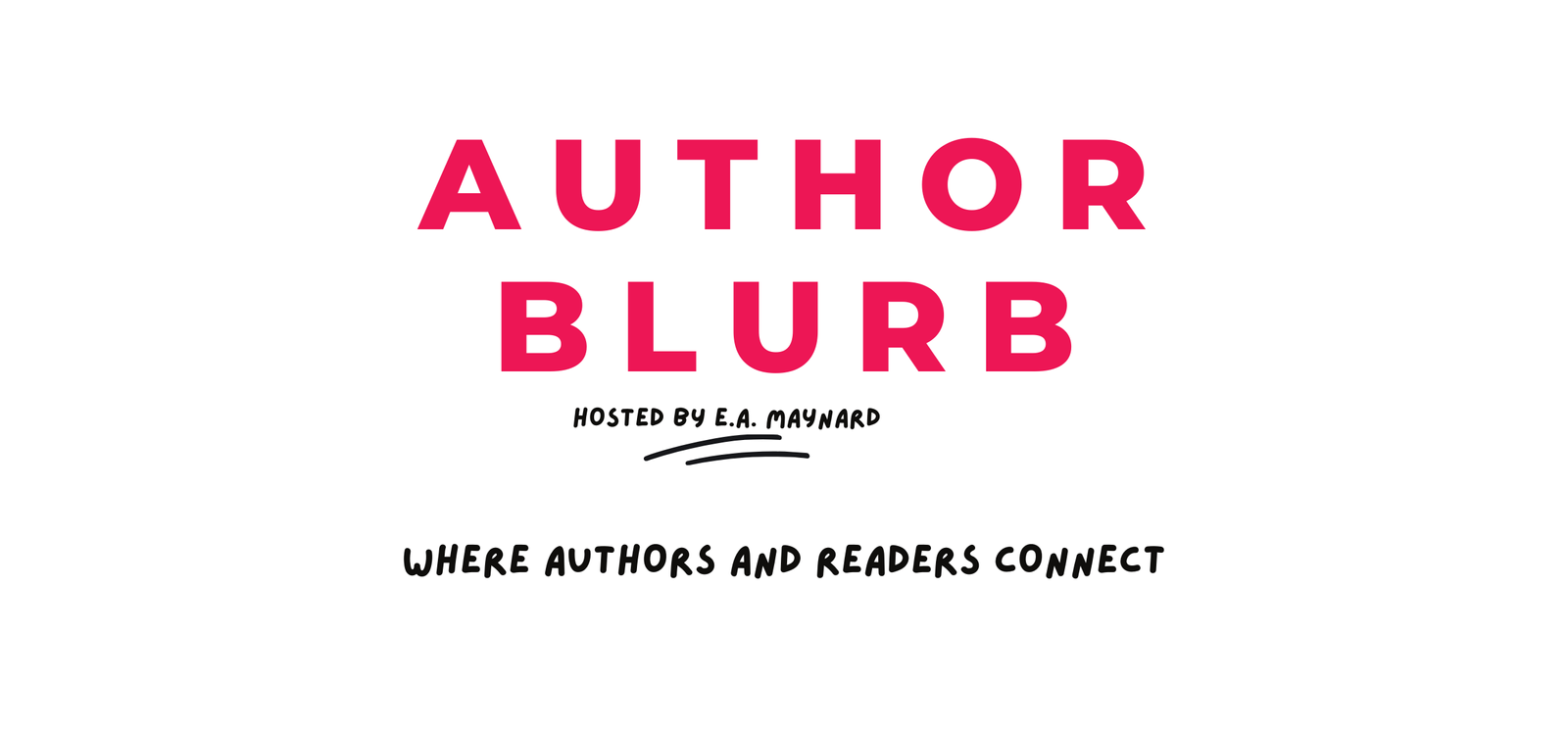Hello, dear readers! Today, we have a very special guest joining us – the talented and prolific children’s author, Brian P. Clearly. You might have come across his books, and if you’re anything like me, you couldn’t help but fall in love with them. I, too, was introduced to Brian’s work by my children, and let me tell you, it’s been quite a journey!
Brian P. Clearly has an impressive collection of books, with a staggering 107 titles on Amazon. Yes, you read that right, 107 books! And we’re going to delve into one of his masterpieces today – “Hairy Scary Ordinary.”
During my conversation with Brian, I couldn’t help but express my admiration for his literary accomplishments and my intention to add more of his books to my collection. His down-to-earth personality and engaging storytelling style make it easy to understand why he has garnered such a massive following.
As the interview began, one question that many have pondered was finally addressed – whether Brian is related to the famous children’s author, Beverly Cleary. And as it turns out, he is not. Brian P. Clearly, full name Patrick Cleary, is a talented author in his own right, and his captivating writing has won the hearts of countless readers.
Brian’s journey as an author started in the early to mid-1990s. At that time, he wrote a series of pun-oriented, humorous, and rhyming books. Though he poured his heart into these early works, they didn’t receive the immediate success he had hoped for. However, his perseverance led to a breakthrough.
While working in the Creative division at American Greetings, Brian came up with a brilliant idea for a new series. He was the only person in the entire company to hold the prestigious title of Senior Editor, Digital Content, and he had already contributed significantly to the creation of catchy e-card content. But now, it was time to embark on a new adventure.
Enter “Hairy Scary Ordinary,” the series that would change Brian’s writing career forever. The unique blend of creativity and humor in this series captured the attention of readers far and wide. From the first book’s release, it was clear that Brian had struck a chord with his audience.
Throughout our conversation, Brian humbly acknowledged that success didn’t come overnight. It took dedication, passion, and countless hours of hard work to reach where he is today. His creativity shines not only in the pages of his books but also in the digital content he writes for famous singers’ e-cards.
As our chat came to a close, I couldn’t help but admire Brian P. Clearly’s journey from a passionate author to a household name in the world of children’s literature. His stories have brightened the lives of many, and it’s evident that he has much more to offer.
So, dear readers, if you haven’t already embarked on a journey through the whimsical world of “Hairy Scary Ordinary” and other works by Brian P. Clearly, I highly recommend you do so. You’re sure to be enchanted by his clever wordplay, delightful characters, and heartwarming tales.
As for me, I’m excited to add more of Brian’s books to my shelf, and I’m eagerly looking forward to the new adventures he has in store for us. Until then, happy reading!
Continuing from where Brian left off, it’s truly fascinating to hear about the diverse experiences Brian P. Clearly has had while visiting schools and interacting with students from all walks of life. From Jewish schools to Amish schools, from city schools to one-room schoolhouses, he has seen it all. One thing that sets him apart is his genuine enthusiasm for connecting with young minds and making learning fun.
Brian’s journey from pun-oriented books to exploring parts of speech in his “A Mink, a Fink, a Skating Rink” series showcased his versatility as a writer. The engaging and educational content of these books caught the attention of educators and students alike. With over 20 titles in this categorical series alone, it’s evident that his approach resonates with young readers.
As he continued to be invited to schools across the country, Brian embarked on adventures beyond the borders of the United States. Military schools in Europe, like the one he visited in Wiesbaden, Germany, provided him with unique insights into the lives of children from military families. The experience of being surrounded by young Americans, all speaking English, while being in the heart of Germany, was both surreal and enlightening.
One of the most heartwarming aspects of Brian’s journey is the impact he has had on countless young minds. His workshops and interactions with students have left lasting impressions, igniting a passion for reading and writing in many. For those students, a visit from Brian P. Clearly wasn’t just another author event; it was an opportunity to be inspired and motivated to explore their creativity.
Brian’s books have not only entertained and educated readers but have also opened doors to worlds they might not have discovered otherwise. The way he blends humor, language, and visual appeal makes his stories approachable and engaging for children of all ages.
As Brian shared his experiences of visiting different schools and interacting with various people, it became evident that his writing journey has been more than just penning delightful stories. It has been a ticket to explore the world and immerse himself in different cultures and communities.
Having traveled to 42 out of the 50 states in the United States, Brian has witnessed the geographical diversity and the unique ways people live across the nation. Each school visit brought new perspectives, exposing him to the rich tapestry of American life.
Beyond the geographical differences, Brian’s encounters with various school representatives showcased the incredible dedication and passion that educators and parents have for their students. Whether being picked up by a principal, the head of the PTA, or even a kind-hearted parent, Brian experienced the warmth and hospitality of those who believed in the importance of children’s education and creativity.
Throughout his travels, Brian had the opportunity to engage with teachers and students from all walks of life. He learned about their dreams, their aspirations, and their challenges. As he sat in workshops and classrooms, he felt the tangible impact of his books on young minds, and that made his journey as an author all the more meaningful.
Beyond the United States, Brian’s adventures took him to various international locations, including military schools in Europe. These experiences offered a unique insight into the lives of children growing up in different environments. In a world where they were surrounded by English-speaking peers and parents, Brian observed how these communities created a sense of home away from home.
Throughout our conversation, one thing was clear – Brian P. Clearly’s passion for writing was not just about crafting captivating stories. It was about the connections he forged, the lives he touched, and the smiles he brought to countless faces. The joy of writing went beyond the pages of his books; it was a shared experience with readers of all ages.
As we concluded our conversation, I was reminded of the profound impact authors like Brian have on shaping the world of young readers. Their stories hold the power to inspire, educate, and entertain, fostering a love for literature and learning in generations to come.
So, dear readers, the next time you flip through the pages of a Brian P. Clearly book or any other author’s work, remember the journey behind those words. Behind every story lies an author who has poured their heart into creating a magical experience for you.
As we bid farewell to this enlightening conversation, let us embark on our own journeys, guided by the enchanting stories of Brian P. Clearly and countless other authors who continue to fill our lives with wonder and imagination.
And to Brian, we extend our heartfelt appreciation for being not just an author but also a curator of unforgettable experiences that have touched lives and opened hearts. May your literary adventures continue to captivate minds and spark creativity in the hearts of readers everywhere.
Happy reading, and may the magic of storytelling never fade!



